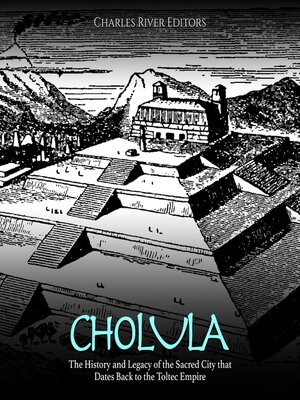Cholula
audiobook (Unabridged) ∣ The History and Legacy of the Sacred City that Dates Back to the Toltec Empire
By Charles River Editors

Sign up to save your library
With an OverDrive account, you can save your favorite libraries for at-a-glance information about availability. Find out more about OverDrive accounts.
Find this title in Libby, the library reading app by OverDrive.



Search for a digital library with this title
Title found at these libraries:
| Loading... |
Spanish accounts and Mesoamerican ruins have ensured that 500 years later, people remain fascinated by civilizations like the Maya and Aztec, as well as sites such as Chichen Itza and Tikal. What is often overlooked is that the Maya and Aztec established kingdoms on lands that had been inhabited for millennia before them, and ancient cultures had not only left ruins but also influenced the civilizations that came after them. Thus, while sites like Chichen Itza are more famous, they drew upon past sites like Teotihuacan.
Cholula is one of the most interesting, enigmatic, and forgotten cities in ancient Mesoamerica, and few people are aware that it is the oldest continuously-occupied settlement in the entire Western hemisphere. The current city is known for the Great Pyramid, which has the largest base of all pyramids in the world, as well as its many colonial churches and constant religious celebrations. All of these things ensure that Cholula is heavily visited, but the tremendous importance of Prehispanic Cholula has mostly been lost in the historical accounts of Puebla and even Mexico as a whole.
Located in the Puebla-Tlaxcala Valley within a very fertile area, the Prehispanic city of Cholula was founded around 500 BCE. It soon developed into an important city and the construction of its Great Pyramid began around 200 BCE. During the height of Teotihuacan's influence in the Classic period and the expansion of the Aztecs in the Postclassic, Cholula managed to maintain its independence and grew to become the greatest religious center in central Mesoamerica. As the main site for the cult of the god Quetzalcoatl, Cholula received pilgrims from many Prehispanic cities, and the two high priests of the Temple of Quetzalcoatl were charged with confirming the legitimacy of these foreign rulers, making their role one of the most important in the region.






